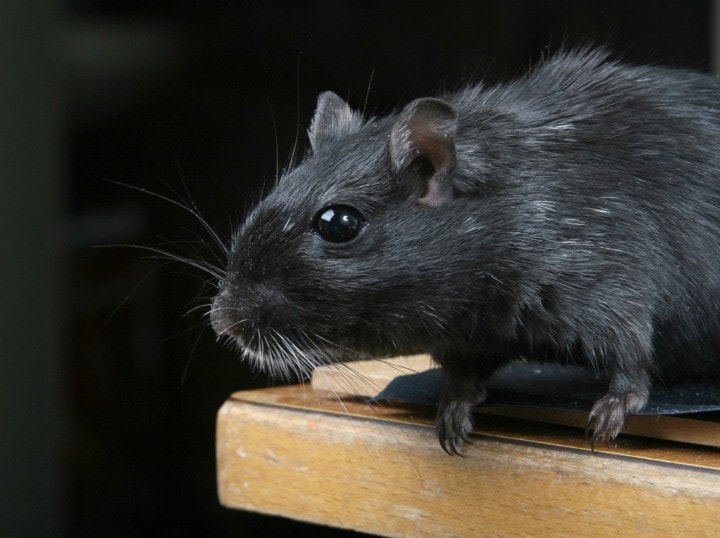A piece of ear or tail from a rat is all that Parks Canada is asking from Prince Rupert residents to help track the movement of the invasive species.
Rats were introduced to Haida Gwaii with maritime shipping in the late 1700s, much to the detriment to the seabird population. On the Gwaii Haanas National Park Reserve the SGin Xaana Sdiihltl'lxa, or night birds in Haida, were nearly devastated by rats.
“Invasive species, like black rats, in the park reserve of Gwaii Haanas are considered the number one threat to ecological integrity,” said Robyn Irvine, conservation and restoration project manager. “They've taken seabird colonies that were numbering in the 8,000s in the 1980s down to zero.”
The restoration project began in 2009 to eradicate rats on four islands in the Gwaii Haanas park reserve, and by 2016 three islands became rat-free.
Night birds are much like sea turtles, Irvine explained. When the chicks are born, the parents go to the sea and leave their chicks behind. Then they call to the chicks, who come from the burrows in the forest and join their parents in the water to feed. Six weeks later the family is on their way to the Bering Sea.
“They're pretty amazing creatures but they're very vulnerable to rats,” she said.
The genetics study, is in partnership with researchers from the University of British Columbia who are trying to understand how rats are moving and how often they move.
Prince Rupert is a main transportation route for goods and people from the islands to the mainland, which is why the city was added to the sample list — along with Queen Charlotte, Masset, Skidegate, Old Massett and Tow Hill.

“We're interested to see how much, if any, the immigration between those two places that would allow us to work with partners like BC Ferries, or the Department of Fisheries and Oceans and other people who deal with those routes to help rats not go back and forth,” Irvine said.
Only a couple centimetres off the tail or ear of a rat is required to collect DNA samples, and it doesn't matter if the rat died from poisoning. Parks Canada is asking for the tiny samples to save freezer space in the DFO office.
Residents can drop off samples with their address or neighbourhood written on the Ziplock bag at the DFO office on 417 Second Avenue West from 8 a.m.-4 p.m. until April 25. Results from the study will be released in approximately one year.
